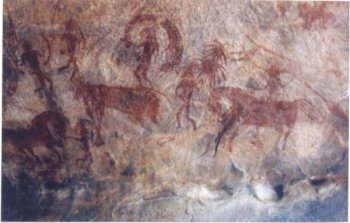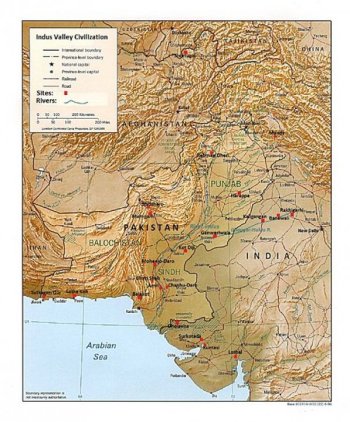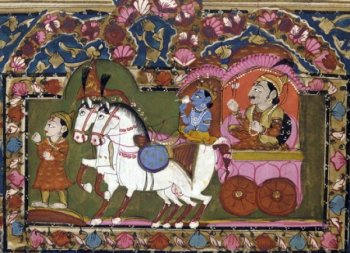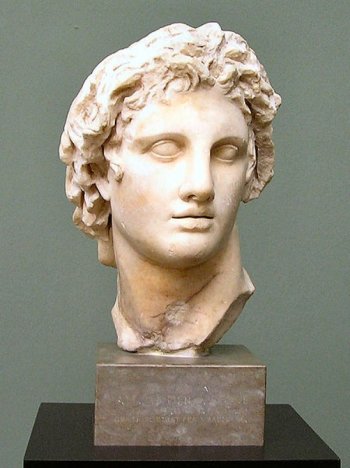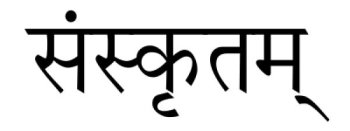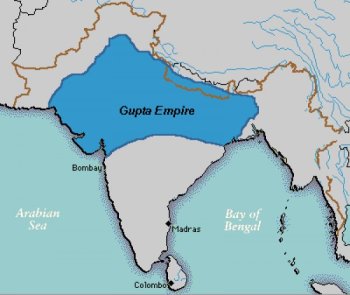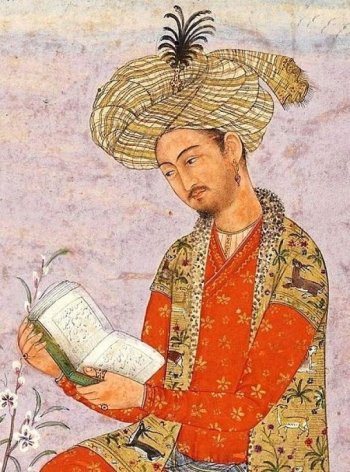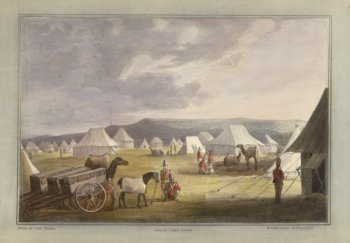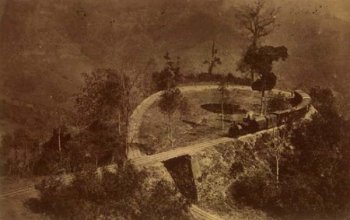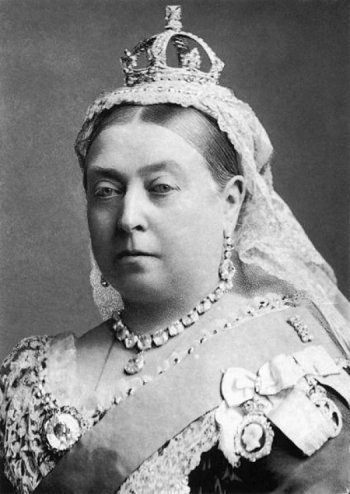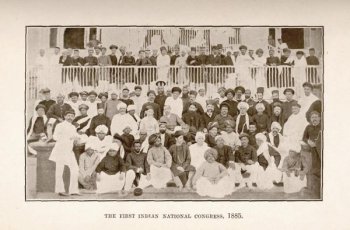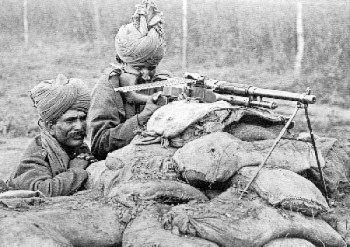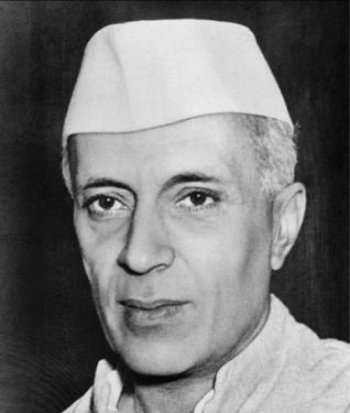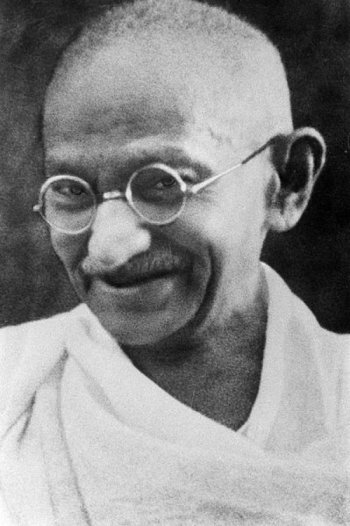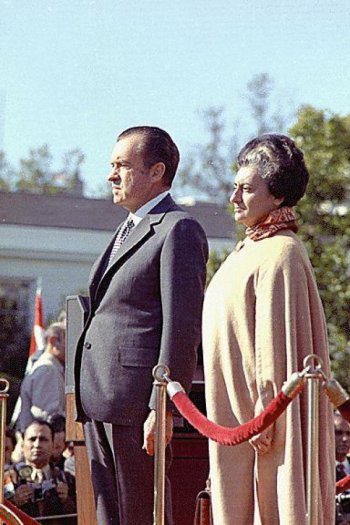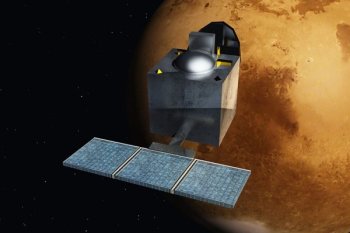History: Historical Timeline
Prehistory
| Date | Event |
|---|---|
| 2,000,000 BCE | Homo habilis crafts primitive stone tools. |
| 500,000–200,000 BCE | Homo erectus inhabits the central area. |
| 9000 BCE | The first semi-permanent settlements appear. |
| 5000–3000 BCE | Agricultural settlements begin to appear in the Indus Valley. |
| 3000 BCE | The earliest civilizations in the Indus Valley rival Mesopotamia and Egypt in development and sophistication. |
| 1750–500 BCE | The Vedic culture rises in the Punjab region as a wave of Indo-Aryan migration arrives from the northwest. Many principles of Indian philosophy, such as Dharma, Karma, and transmigration of the soul, first appear during this period. The earliest Sanskrit texts—including the Mahabharata, said to be the world's longest poem—are associated with the Vedas, who build large cities and disperse across numerous kingdoms. |
| 500–200 BCE | Rice is widely cultivated, enabling the growth of very large cities in the Central Ganges plain. The Shramana movement forms, from which Jainism and Buddhism eventually develop. An invasion and conquest by Persians infuses Vedic culture with Persian ideas. |
| 322–187 BCE | The Maurya Empire unifies the region under Ashoka the Great. |
| 327 BCE | Alexander the Great conquers Persia, abruptly ending Persian influence in the Indian subcontinent. |
Classical Period
| Date | Event |
|---|---|
| 187 BCE–78 CE | Rising in place of the Mauryas is the Sunga Empire (also called the Shunga Empire), a period of prolific cultural development. Important advances in the Sanskrit language accompany a flowering of Hindu thought, while art, education, philosophy, and architecture make dramatic progress. Two of India's most noted Stupas are built during this dynasty, which endures for more than two centuries. In addition to the Sungas, other empires during this period include the Satavahana Dynasty in southern India and the Kharavela Empire, primarily in the east, which is responsible for the spread of Jainism in the region. |
| 50–225 CE | The Kushan Empire expands here from Afghanistan, playing a key role in the propagation of Buddhism. The Kushans are a critical link between the Indian Ocean and the Silk Road, facilitating trade between Europe and the Far East, among other regions. |
| 320–550 | The Golden Age of India comes under the Gupta Empire, when progress in science, technology, engineering, art, literature, mathematics, and religion accelerates, and Hindu culture predominates, primarily in northern India. Critical contributions to human progress, such as Hindu-Arabic numerals and positional numbering, take place here, all of it thanks to the peaceful nature of the Guptas and the economic prosperity they foster. |
| 550–647 | When their empire disintegrates, the Guptas are replaced by a patchwork of smaller kingdoms across northern and central India, many of them ruled by Gupta nobles or relatives. From this decentralized structure emerges Harsha Vardhana, who unites the small republics and kingdoms. The new Maharaja, crowned at the age of 16, is a just and compassionate ruler under whom the arts and sciences continue to flourish while the economy prospers. |
| 712 | Muslim invaders led by Muhammad bin Qasim conquer the Indus region for the Umayyad Caliphate, cementing Islamic control over the area that later becomes Pakistan. The Hindu Rajas engage to stall Muslim advances. Meanwhile, Muslim traders from the Arabian peninsula establish small trading communities along the south Indian coast. |
| 1206–1525 | The Delhi Sultanate is firmly established across northern India, successively ruled by five different dynasties; the first four are of Turkic origin, while the last is the Afghan Lodi dynasty. Muslim influence advances and recedes, at times covering the bulk of the subcontinent. |
| 1526 | The Delhi Sultanate falls in 1526 to the Mughal Empire. The Mughals are led by Babur, a descendant of Genghis Khan. After losing, then regaining, ground in battles with Hindu armies, the Mughals solidify their rule around 1600 and hold sway for more than a century, eventually becoming puppet rulers beholden to the Marathas and the Afghans. During their reign, the Mughals amass riches, using them on the one hand to brutally suppress their enemies while at the same time integrating with Indian culture. Under the Marathas, the Indian people share the Marathi language, the Hindu religion, a strong sense of belonging, and an emerging national identity. |
British India
| Date | Event |
|---|---|
| 1617 | Mughal Emperor Jahangir gives permission to the British East India Company to trade in India. Over the next hundred years, the British solidify and expand their economic domination, gaining exclusive control over the Carnatic region and eventually controlling trade into and out of Bengal, as well. |
| 1674–1818 | The rise of the Maratha Empire gradually displaces the Mughals, eventually ruling over all but the southeast portion of the subcontinent, where the Maratha Empire hangs on. Known for building an efficient administrative system, the Marathas succeed in collecting taxes to support their military campaigns. |
| 1770 | A widespread famine kills one-third of the population of Bengal, possibly the result of onerous taxation by the British, who deplete food stocks by taking a third of all crops in payment of taxes. |
| 1820 | After making earlier gains in the major cities of Bombay, Madras, and Calcutta, employing both diplomacy and military force, the British East India Company makes a third and, finally, successful attempt at defeating the Marathas and gaining control over the whole of India in what becomes known as the Third Anglo-Maratha War. |
| 1835 | Thomas Macaulay convinces the Raj to make English the official language of instruction in India's schools, and supports the training of English-speaking teachers. |
| 1857 | A widespread rebellion by soldiers in the employ of the British East India Company fails to dislodge the far stronger and better-equipped British army, but the incident leads the British government to seize control of India from the East India Company and exercise direct authority. The government promptly addresses many of the rebels' grievances, hoping to forestall any future moves toward independence. Great Britain enlists the support of the leaders of the princely states—small kingdoms ruled by local Hindu maharajas and Muslim nawabs—who do not participate in the “mutiny,” as the British refer to the rebellion. |
| 1860 | The British Raj invests heavily in railway transportation, building 1,349 kilometers (838 miles) of active tracks. Over the next 20 years, the system doubles in size. In addition to transport, new infrastructure projects include a 350-mile Ganges Canal, plus many more miles of distribution canals and irrigation systems, as well as telegraphy, roads, and ports. |
| 1876 | Queen Victoria of Great Britain is proclaimed Empress of India. |
| 1881 | A census reports the population of India at 255 million. The population has expanded by about 2.5 times since the arrival of the British some 280 years earlier. |
| 1885 | December 28. Seventy Indian professionals and intellectuals from Bombay, Calcutta, and Madras assemble in Bombay to establish the Indian National Congress. Powerless to enact law, the congress nonetheless is a forum for debating the benefits of British rule. These nationalists conclude that, despite the educational and economic gains they themselves enjoy, the country is being drained of its wealth by Great Britain and its people are suffering in order to benefit the foreigners. |
| 1887 | The British work to bring more Indians into local government, while retaining the top jobs for themselves. Of the 21,000 mid-level jobs in the civil service, 45 percent are held by Hindus; 7 percent by Muslims; 19 percent by Eurasians (European father and Indian mother); and 29 percent by Europeans. Educated Britons hold nearly all of the one thousand most-senior positions. Government workers join a new class of better-educated, better-fed, and more urbanized industrial workers and managers to create a significant middle class. |
| 1892 | India's first step toward democratic self-rule comes with the Indian Councils Act, which provides for elected representatives to District Boards for local administration. |
| 1900 | Reform movements begin to take hold beyond the Indian National Congress, calling for the emancipation of women and the right of Hindu child widows to remarry. Lord Curzon, the viceroy, supports reform in the interest of efficiency, establishing a gold standard to stabilize the currency, reducing peasant debt, improving universities, sponsoring agricultural research, and lowering taxes. He even attempts to reduce air pollution in Calcutta by limiting smoke emissions. |
| 1905 | When Curzon partitions Bengal into largely Hindu and Muslim administrative districts, he inadvertently gives rise to a Muslim identity movement. |
| 1906 | The Muslim elite across the country form the All India Muslim League, which agitates for more Muslim control in areas dominated by Hindu civil service workers. |
| 1909 | The second Indian Councils Act expands representative government, providing limited roles for Indians in both the provincial and central legislatures. Meanwhile, in South Africa, a young Indian lawyer by the name of Mohandas Gandhi publishes an essay, "Hind Swaraj," outlining his program for Indian self-rule based on three key pillars: solidarity among Indians of different faiths (i.e., Hindus and Muslims); the eradication of “untouchability” and the Indian caste system; and the boycott of foreign-manufactured goods to promote small industry. |
| 1911 | The partition of Bengal is rescinded, upsetting the Muslim population that supports it. Partly to mollify the restive Muslims, the capital is moved from Hindu Calcutta to Delhi, considered a Muslim bastion. King George V himself travels to India to be crowned Emperor of India and preside over the capital's relocation. |
| 1914 | With the outbreak of World War I, an Indian army of some 1.4 million British and Indian soldiers is mobilized, primarily in Iraq and the Middle East. The war leads to more vocal calls for greater self-government among the leaders of the Indian National Congress. |
| 1915 | Gandhi returns to India from South Africa, where he led a civil rights movement on behalf of the large Indian population there. He spends the year traveling the country, observing conditions in the cities and provinces, and writing. |
| 1917 | Gandhi comes to the attention of British authorities when he sides with farmers in a dispute with British landowners. |
| 1919 | The Government of India Act transfers power for public health, education, and land revenue to elected provincial legislatures, while the viceroy retains control of defense, communications, law, and income tax. This baby step toward self-rule fails to mollify the intensifying movement for independence. In Amritsar, a British commander orders his troops to open fire without warning on a large crowd of unarmed, mostly peaceful protestors, killing hundreds and wounding more than a thousand. |
| 1920 | India is a founding member of the League of Nations, precursor to the United Nations. At the Olympic Games in Antwerp, Belgium, India fields its own team under the name "Les Indes Anglaises," or "British India." Gandhi, now a nationally prominent figure, begins his campaign of non-cooperation, prompting many to boycott British goods and civil service workers to resign their positions. Gandhi reorganizes the Indian National Congress into a mass movement, inviting even the poorest Indians to participate. |
| 1929 | Jawaharlal Nehru, president of the Indian National Congress, demands complete independence for India. Shortly thereafter, Gandhi expands his civil disobedience campaign. The following year, to protest the government tax on salt, he leads thousands to the sea to produce their own salt. Though he is arrested, he is later invited to London to negotiate further reforms. |
| 1935 | Another Government of India Act establishes independent legislatures in all provinces, creates a central government incorporating the provinces and princely states, and advances protections for Muslim minorities. Though this eventually forms the basis of a new Indian constitution, this early version divides people into distinct religious, ethnic, and economic classes—voters able to cast votes only for other members of their category. |
| 1940 | The leader of a greatly expanded Muslim League, Muhammad Ali Jinnah, worries over the fate of Muslims in a post-independence, Hindu-dominated India. He calls for independent Muslim states in the northwest and east of India. |
| 1942 | August 8. In response to the Indian National Congress's call for immediate withdrawal of the British from all of India, the Raj arrests tens of thousands of national, provincial, and local Congress leaders. The country erupts in violent protests, which the British military quell. |
| 1946 | Hindu-Muslim rioting breaks out. September. Jawaharlal Nehru is installed as prime minister in a Congress-led interim government. |
Independent India
| Date | Event |
|---|---|
| 1947 | Recognizing the potential for civil war, the leaders of the Indian National Congress and the Muslim League agree to partition the country into two separate states, India and Pakistan. August 14. The Dominion of Pakistan (later renamed the Islamic Republic of Pakistan) is born. One of the largest mass migrations in history, involving some 12 million Hindus, Sikhs, and Muslims, gets underway. August 15. Exhausted by World War II and its treasury depleted by the rebuilding effort at home, Great Britain grants full independence to India. Almost immediately, the two countries are at war, fighting over the border lands of Kashmir and Jammu. |
| 1948 | January 30. Mohandas Gandhi is assassinated by a Hindu extremist unhappy with Gandhi's “appeasement” of Muslims. |
| 1949 | November 26. The Constituent Assembly adopts the Constitution of India, establishing the country as a sovereign, democratic republic. |
| 1952 | India's first national election under the new constitution secures an overwhelming majority for the National Congress Party and installs Nehru as prime minister. The country moves quickly to pass major reforms, increasing the legal rights of women and further eroding the caste system and untouchability. Under Nehru, India co-founds the Non-Aligned Movement, pursuing equally strong relationships with both the United States and the Soviet Union during the Cold War. |
| 1965 | The Second Kashmir War erupts, but nothing changes as a result. Indira Gandhi, daughter of the late Nehru, is elected prime minister. |
| 1971 | India breaks with the Non-Aligned Movement and signs a twenty-year treaty of friendship with the USSR. The third Indo-Pakistan War erupts over the issue of an independent Bangladesh in East Pakistan; India's victory is decisive. |
| 1974 | India tests its first nuclear weapon. |
| 1977 | Indira Gandhi's Congress Party loses in the general election. She is replaced by Morarji Desai, the first non-Congress Party leader of India. |
| 1980 | Indira Gandhi wins back the office of prime minister. |
| 1984 | After damaging the Sikh Golden Temple, India's holiest shrine, in an effort to quell an uprising, Prime Minister Indira Gandhi is assassinated by her Sikh bodyguards. Anti-Sikh rioting in Delhi results in the murder and rape of thousands of Sikhs. December. A poison gas leak at a Union Carbide plant in Bhopal kills thousands and leaves many more disabled. |
| 1991 | The Bombay Riots between Hindus and Muslims kill more than 10,000 people. |
| 1998 | Prime Minister Vajpayee travels by bus to Pakistan to sign a bilateral peace treaty with Pakistan's prime minister, Nawaz Sharif, and inaugurate bus service between Delhi and Lahore. |
| 2000 | India's population passes one billion. |
| 2006 | During a visit by US President George W. Bush, India's prime minister, Manmohan Singh, signs a bilateral nuclear agreement under which the US provides nuclear energy technology to India in exchange for tighter controls over its nuclear weaponry. December. For the first time in 30 years, India is allowed to buy US nuclear reactors and fuel. President George W. Bush signed a law to change the practice. |
| 2007 | February. To subtly reduce the threat of racing into an accidental nuclear incident, India and Pakistan sign onto a peace agreement. April. An Italian satellite is launched into orbit on the back of India’s first commercial space flight. May. A 9.4 percent growth in the first quarter represents the economy’s strongest economic growth in more than 20 years. July. Pratibha Patil becomes the first woman to be elected president of India. |
| 2008 | November. Nearly 200 people are killed, and hundreds injured, in a series of coordinated attacks by gunmen on the main tourist and business area of Mumbai, India's financial capital. India blames militants from Pakistan for the attacks and demands that Islamabad act against those responsible. |
| 2009 | February. India and Russia sign deals worth $700 million, according to which Moscow agrees to supply uranium to India. A Dehli court rules that homosexual intercourse between consenting adults is not criminal, overturning a 148-year-old colonial law. |
| 2010 | Sixteen people die when a bomb explodes in a popular tourist restaurant in Pune, in the western state of Maharashtra. |
| 2011 | March. Results of 2011 census put India's population at 1.21 billion, an increase of 181 million over ten years. |
| 2012 | July. Pranab Mukherjee, from the ruling Congress party, is elected president. November. Mohammad Ajmal Amir Qasab, the sole surviving gunman of the 2008 attacks in Mumbai, is executed in Pune prison. |
| 2013 | February. Two explosions in Hyderabad kill 16; police suspect the Indian Mujahideen Islamist armed group. September. Four men are sentenced to death for the gang rape and murder of a student in Delhi last year—a case resulting in violent protests across the country and new laws against rape. |
| 2014 | Supported by economic and increasing political stability, India launches its first interplanetary space mission, Mangalyaan, a successful unmanned mission to Mars. |
| 2015 | September. The Indian Space Research Organization launches Astrosat. The satellite is dedicated to the observation of various wavelengths across outer space. |
| 2016 | September. Tens of millions of workers demand higher wages and protest the current governments work on the economy by striking for 24 hours. September. India buys 36 Rafale fighter jets from France. It is a billion-dollar purchase. |
| 2017 | January. The government works to reach an agreement with the United Arab Emirates, negotiating various deals on energy, defense, trade and maritime affairs. The successful negotiations leave India and the UAE with a strong relationship. June. Pakistan and India join the Shanghai Cooperation Organization. The security alliance, with India’s membership, has now begun to incorporate countries in South Asia. July–August. China accuses Indian troops of trespassing in a disputed region of the Himalayas. India and China both lay claim to the area. |
| 2018 | Thousands from the Maratha minority clash with police in Thane and throughout the western state of Maharashtra after protesting for job quotas in government and education. The detained number 447. Indian courts vote to decriminalize consensual homosexual intercourse. In 2013, a colonial-era law had been upheld declaring homosexual intercourse an 'unnatural offence.' The court has changed its view, stating that discrimination on the basis of sexual orientation is a fundamental violation of human rights. |
| 2019 | November. The Kartarpur Corridor opens between India and Pakistan, linking the Dera Baba Nana shrine in Gurdaspur, India with the Gurdwara Darbar Sahib in Kartarpur, Pakistan. Referred to as a "peace corridor," the four-kilometer (2.5-mile) passage allows Indian Sikhs to visit one of their holiest sites by crossing the Pakistani border without a visa, something that hasn't been possible in more than 70 years since British India was divided into Pakistan and India in 1947. |
| 2020 | January 30. India confirms its first case of the deadly COVID-19 virus. The spread of the virus is declared a pandemic by the World Health Organization on March 11. September. A court acquits 32 people who had been linked to the demolition of the 16th-century Babri Masjid mosque 28 years ago, an event that caused rioting and led to the deaths of 2,000 people, most of whom were Muslim. Hindu extremists are blamed for the mosque's destruction. December. India is the second-worst affected country following the United States in the number of confirmed coronavirus cases, with over 10 million cases. |
| 2021 | July. Postponed one year due to the coronavirus pandemic, Tokyo's 2020 Summer Olympics result in the most medals yet for India, including one gold, two silver, and four bronze. Neeraj Chopra won gold in the javelin throw. December. Farmer protests, which began in December 2020 and drew thousands, come to an end after the government repeals three controversial agricultural bills in November. The bills concerned the pricing and sale of produce, and farmers would have been able to sell directly to private buyers, a change to the government-controlled wholesale markets where farmers were selling goods at assured prices, which farmers preferred as it sheltered them from variable market forces. |
Copyright © 1993—2025 World Trade Press. All rights reserved.

 India
India 